When I first encountered the Arcanaut brand, I was working as a journalist for Fratello Watches. I was captivated by the brand’s character. The visuals of the watches and the oh-so-recognisable case silhouette was enough to have me hooked. In fact, the brand representatives themselves did very little to win me over. There were no flowery press releases, unrealistic claims, or uncomfortable fawning on their part. There was a simple directness — an honesty and earthiness I found compelling (if a little quaint fo the cut-throat, dog-eat-dog world of watches).
In fact, it wasn’t until I’d met with the boys behind the brand — Founder and Chief Designer Anders Brandt and Co-Owner and Head of Materials Research James “Black Badger” Thompson — that I realized their latest project was a series of unique pieces based around a material called Fordite (or Motor City Agate for the more poetic amongst you). What surprised me most about this project wasn’t the (stunning) watches themselves or the fact that each piece was genuinely unique; it was the fact that neither Brandt nor Thompson had thought to mention it. Intrigued, I allowed myself to tumble down the rabbit hole.

A uniquely troubling phenomenon
The word unique is thrown around a lot in the watchmaking game. Sadly, a quick check of the dictionary will make it apparent that it is frequently misapplied. Unique is not synonymous with different or even special. It means there is but one example of its kind and no more. And while there are a great many genuinely unique pieces out there, the ease with which most of those pieces could be replicated takes the shine off an otherwise glossy term.
I’ve worked in watchmaking for twenty years. I’ve been in retail (both B2C and B2B), at the bench as a WOSTEP-qualified watchmaker, behind a keyboard as a journalist, hunched over a draftsman’s board as a designer, in boardrooms as a consultant, and, consequently, I’ve seen so many hundreds of unique watches that the term had almost lost all significance to me.
In fact, if I’m being honest, I’d come to actively loathe the concept of uniqueness and how contrived it has become. In days gone by, unique watches always had a story behind them because the concept of watch collecting (and thus strategicscarcity) was completely alien to the industry. Unique pieces were often failed prototypes, the last survivor of a factory disaster, or a model made for someone who themselves had historical relevance (like Marie Antoinette, for example).

These days, it seems everyone with enough cash (and there are plenty of people with the requisite level of disposable income) can be treated like a queen. That does not sit so well with me.
The notion of personalization irks me. The idea that every customer should be given the chance to customize their timepiece downright horrifies me. It seems like a broken principle on some level. We are collectors. Collectors’ items mean nothing without context. Somehow, being one of one hundred is more valuable than being one of one. Being part of something always seemed more exciting than intentionally othering oneself from supposedly like-minded people just because you can.
But therein lies the point. The issue I’m describing isn’t about the watches at all. They can’t help it. No, the “problem” is within the customer that wishes to remove themselves from the hobby entirely. Oddly enough, in doing so, while I’m sure they hope to gain the respect of “lesser” collectors, or at least collectors of lesser means, they completely humiliate themselves in the eyes of those they aimed to awe.

The proof may well be in the pudding, but the value’s in the baking
Poring over an honest Speedmaster that lived on the wrist of an astronaut who could never have imagined his timepiece — chosen for its functionality in a specific environment — would ever be collectible is an almost spiritual experience. In comparison, studying an iced-out rainbow Patek Philippe Nautilus 5711 from 2017 would leave even the most warm-hearted among us positively frosty.
It’s because what matters is that which cannot be replicated. It’s not about what has not been made more than once so XYZ can have something ZYX doesn’t have. Value can be found is in actual uniqueness rather than artificially manufactured uniqueness.
The ancient Speedmaster on the astronaut’s wrist is not valuable because of its materials. Battered 316L steel, flaking paint, mildly radioactive lume… These are not things to covet. But the story behind the scratches, the exposure to environments that could cause the paint to flake, and the now repealed laws that allowed the use of radioactive substances on a watch dial? Those things matter because you won’t ever be able to synthesise them, no matter how much money or will you have.

A revelation in paint
I was sitting quietly in the corner of The Pit, Arcanaut’s subterranean lair in Copenhagen, examining the latest Fordite dial James had finished preparing. It was ready to go to Claus, our watchmaker, for final assembly.
Before it made its way across town, however, I’d opted to spend a few moments with it, really analysing every color, every blotch, every striation, pit, or “imperfection”. And while the dial in question (the dial I now wear upon my wrist) had all of those characteristics, the result was simply flawless.
Fordite is not organic. It is a waste material from the automotive industry. It is layers and layers of old car paint. It is accumulated overspray that lined the walls, floors, and jigs of car plants for decades. When its aesthetic potential was discovered it was almost too late to make the most of it. Changes in solvent safety law meant that the composition of paints used in car manufacturing changed in the mid-’90s. The new stuff was watery in comparison and never hardened into the rock-like substance Arcanaut works with. And so true Fordite is a finite material, and each lump is completely unknowable until work begins to reveal its hidden secrets.
That two-stage process is key to the uniqueness of the stuff. Firstly, each node of Fordite is made over years. Random spray from a succession of spray guns, wielded by an army of hands (human or robotic — who can tell?), builds up, cures, rests, is recoated, cured again before resting, is resprayed, rests, repeat, repeat, repeat…
That’s inimitable. Each lump is unique. And then the artisan arrives…

All in the Badger’s hands
Every micron James “Black Badger” Thompson removes from the Fordite we’re working with changes its character entirely. Each pascal of pressure makes a difference. The angle, the direction, the ambient temperature of the room at the time of working, for goodness’ sake. Everything matters. And, at the end of it all, we either have a beautiful, beguiling dial that can draw attention from across a room, or we have a sad, black, featureless lump of wasted time (quite literally) that cannot be used for anything and will soon, after so many decades of locked-in potential, be seen as trash for evermore.
Sometimes things work out; sometimes they don’t. The consequences are eternal. Arcanaut is working with a material that was randomly created and individually refined. Not only is every piece unique, it is the kind of uniqueness you can’t fake because, simply put, you can’t fake history.
Many brands trade off their heritage. It is more important to them in many ways than the products they put out into the world today. Arcanaut chooses to focus on the stories the brand’s watches can tell, by infusing them with true novelty, true character, and a uniqueness that is surprisingly human in its creation.
That’s what Fordite is. History for the wrist. And, just like us, it isn’t here to stay.



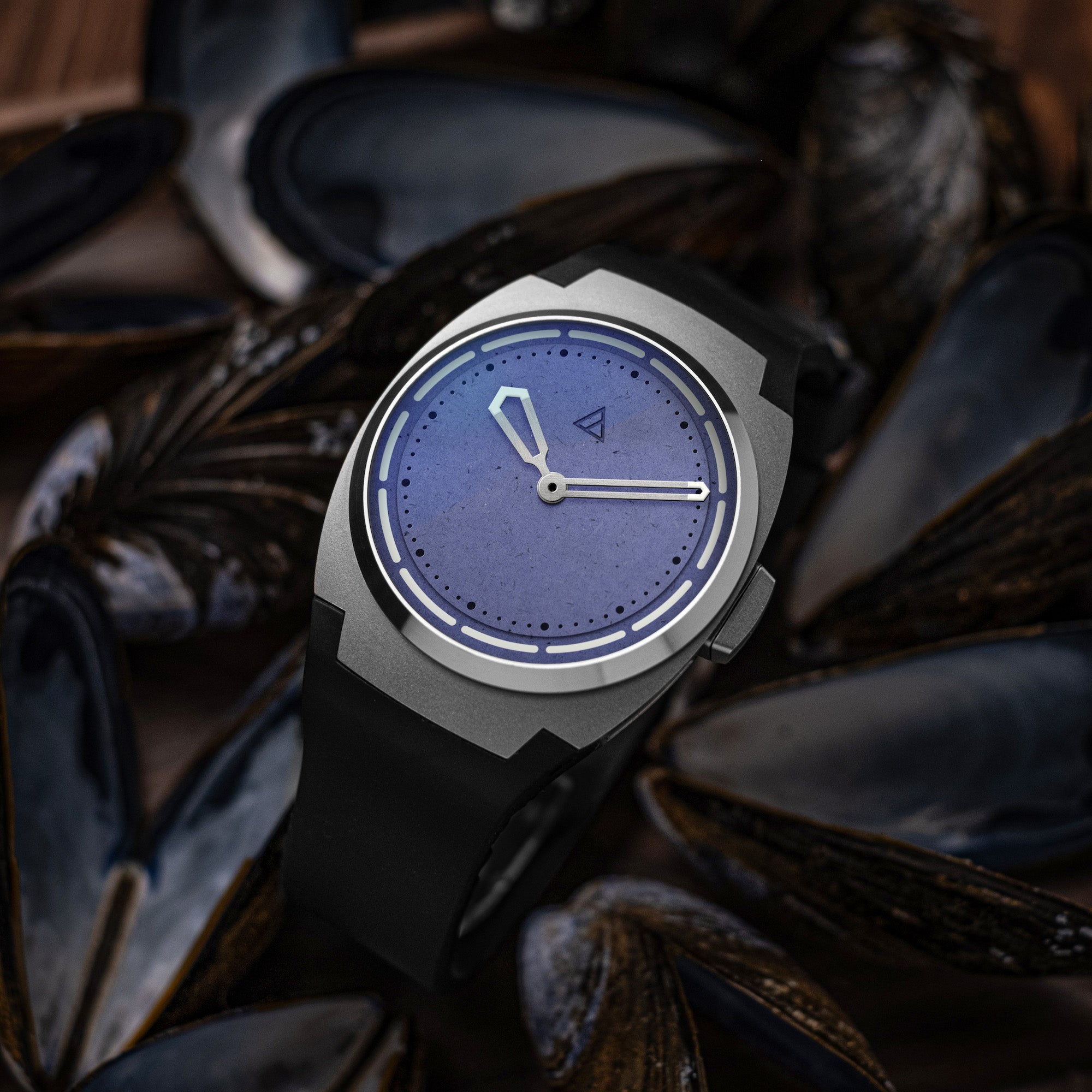
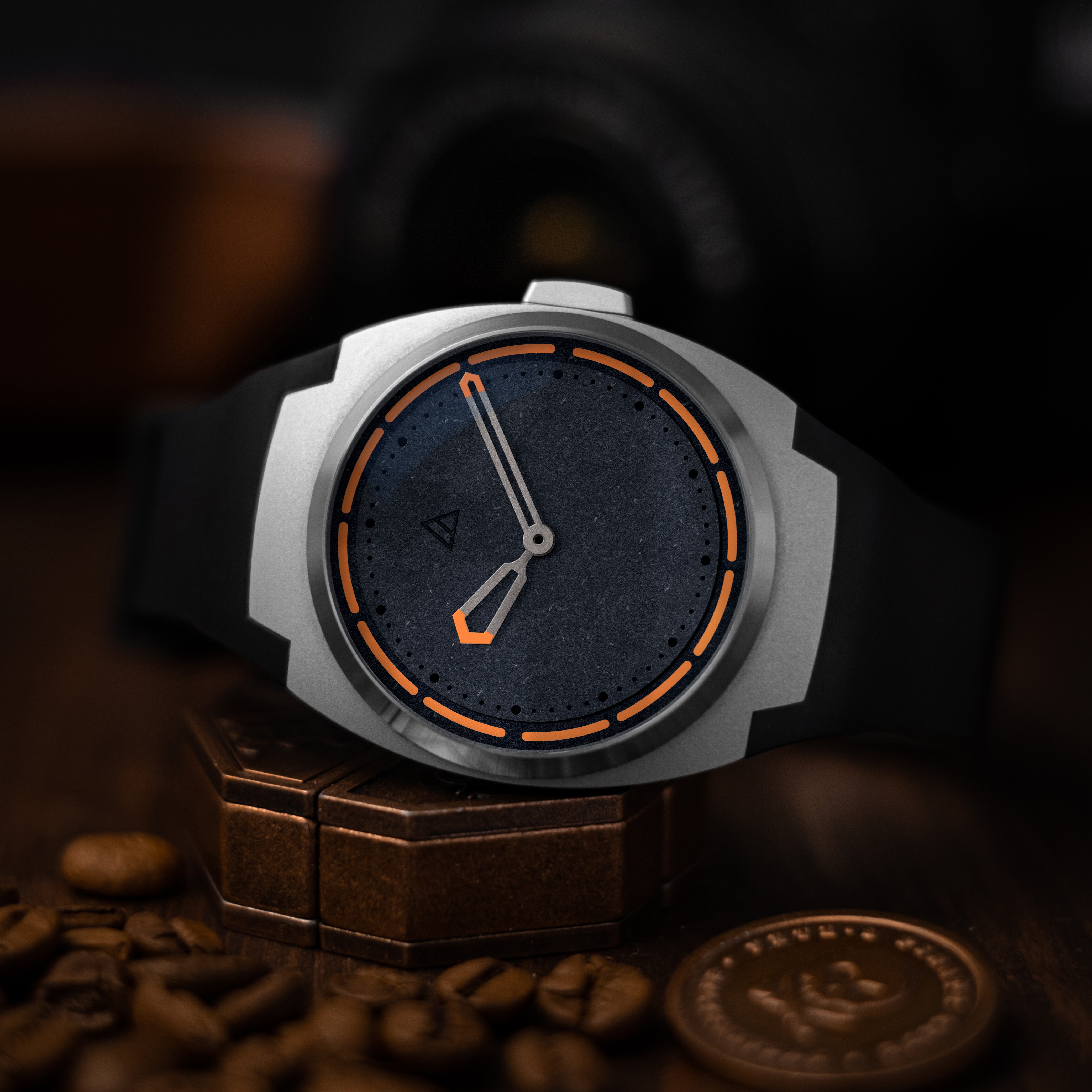
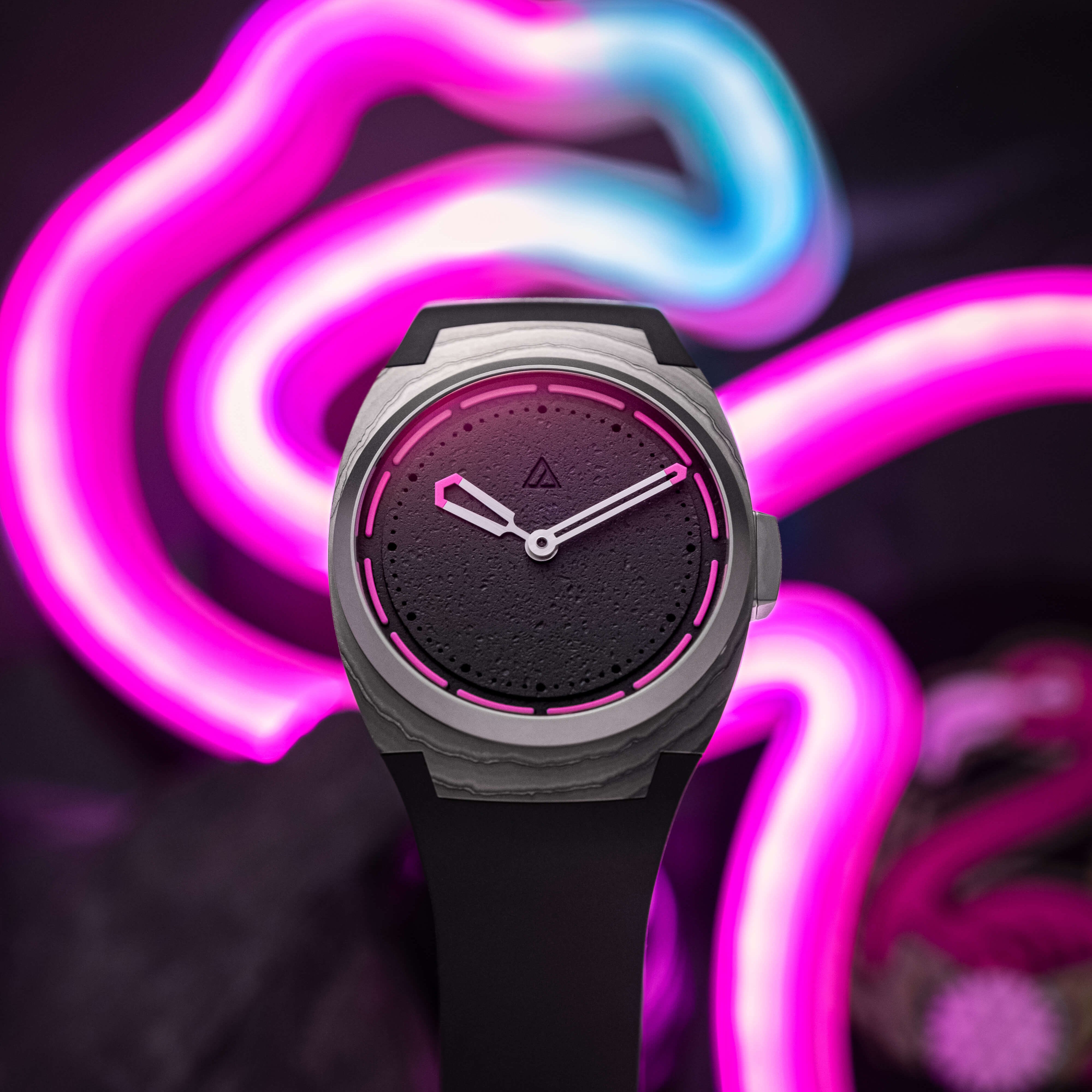
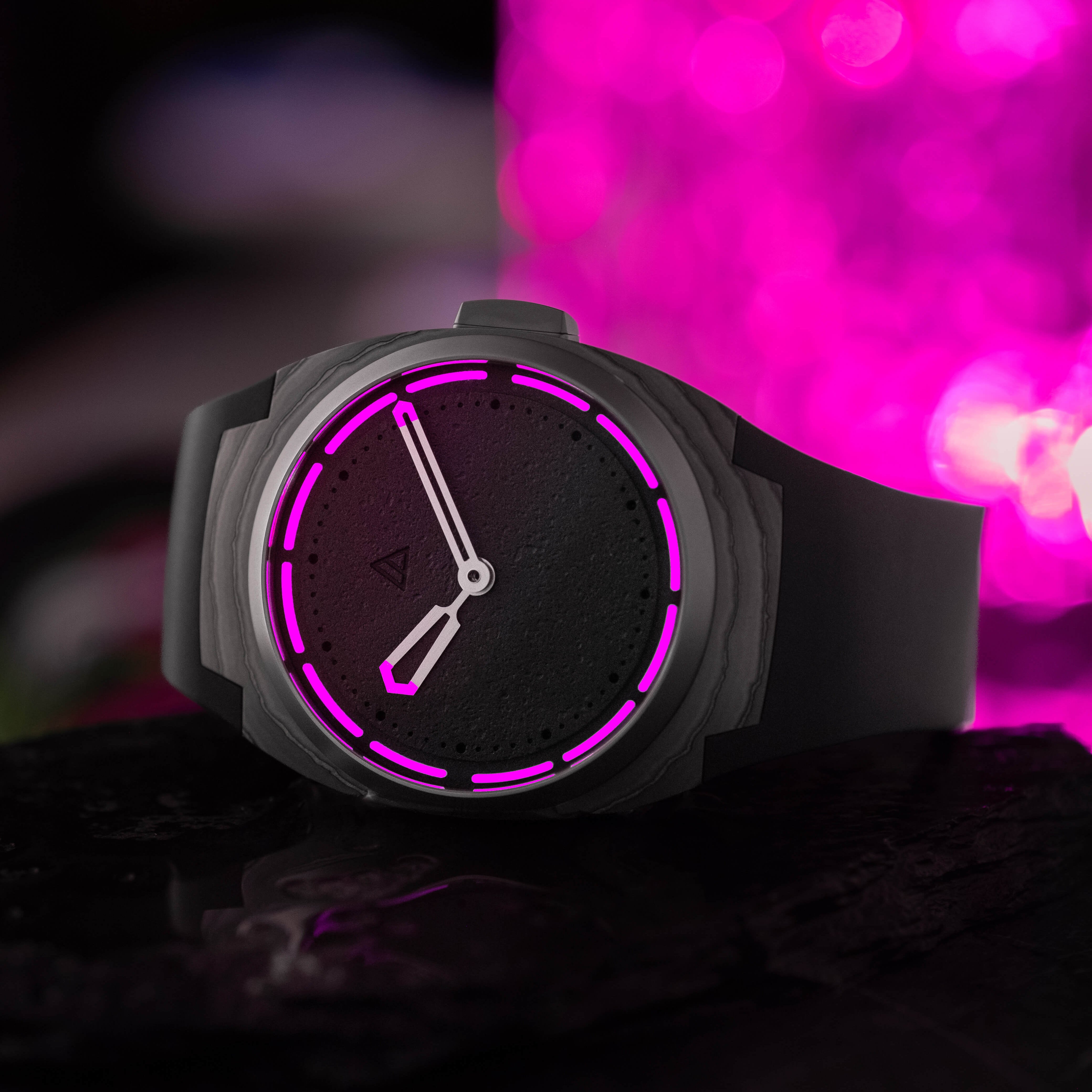
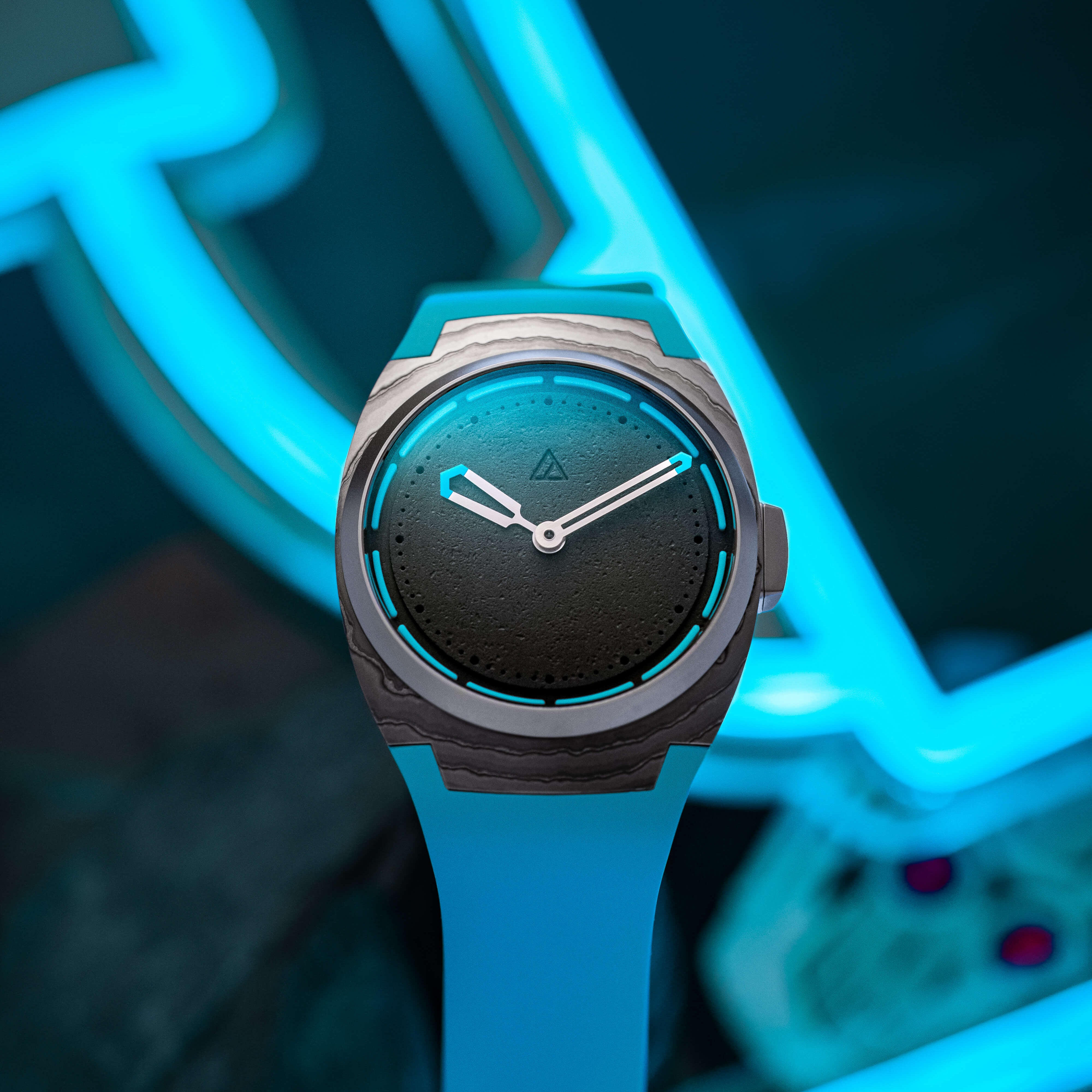
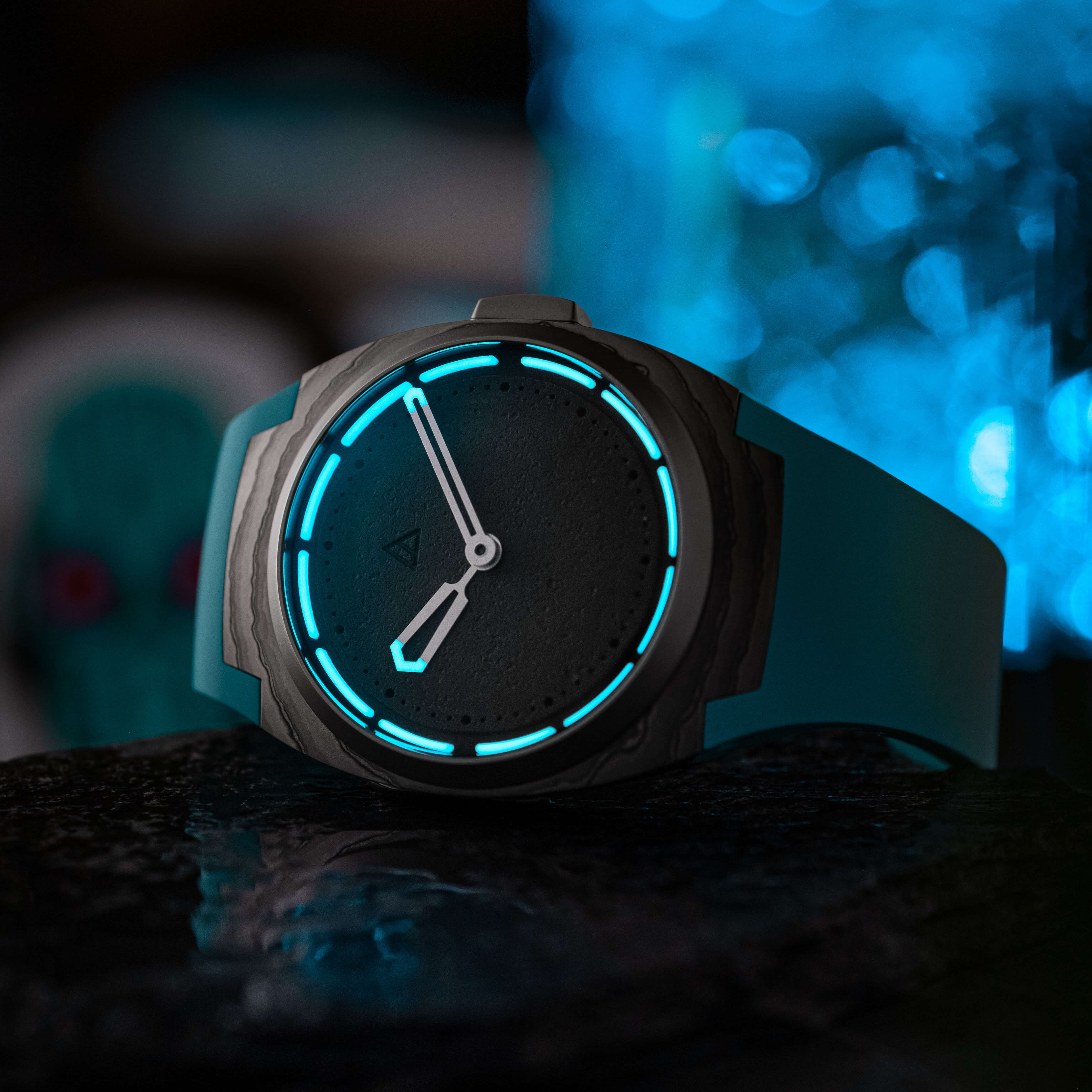
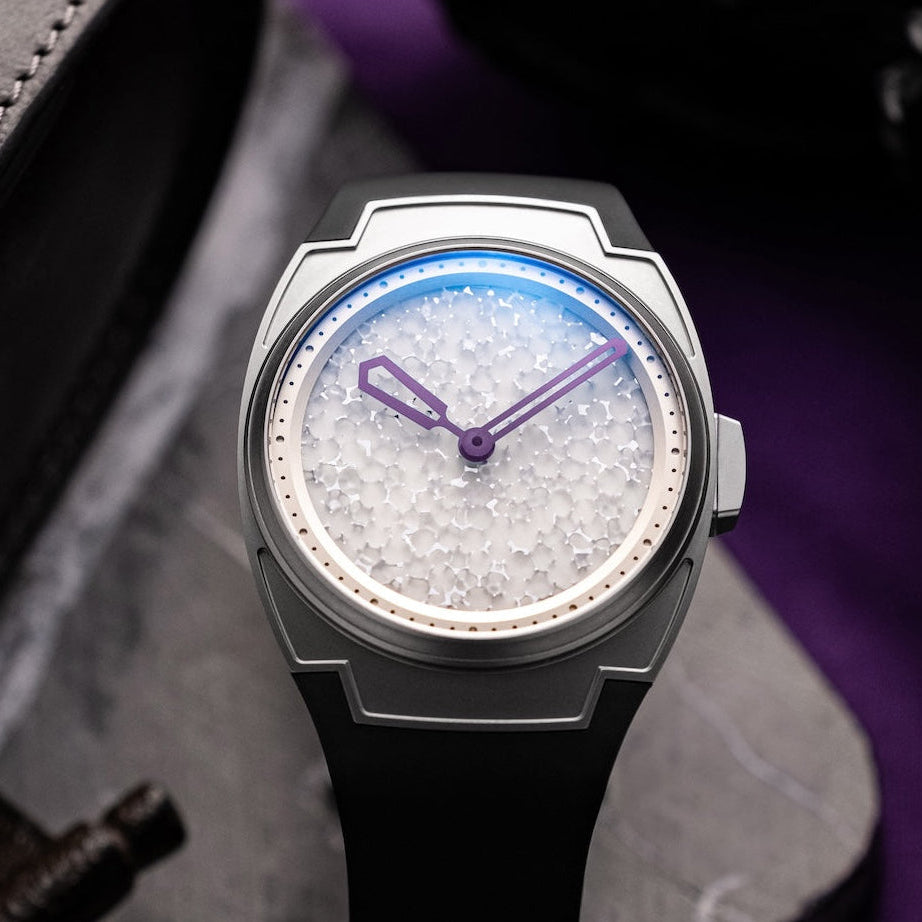
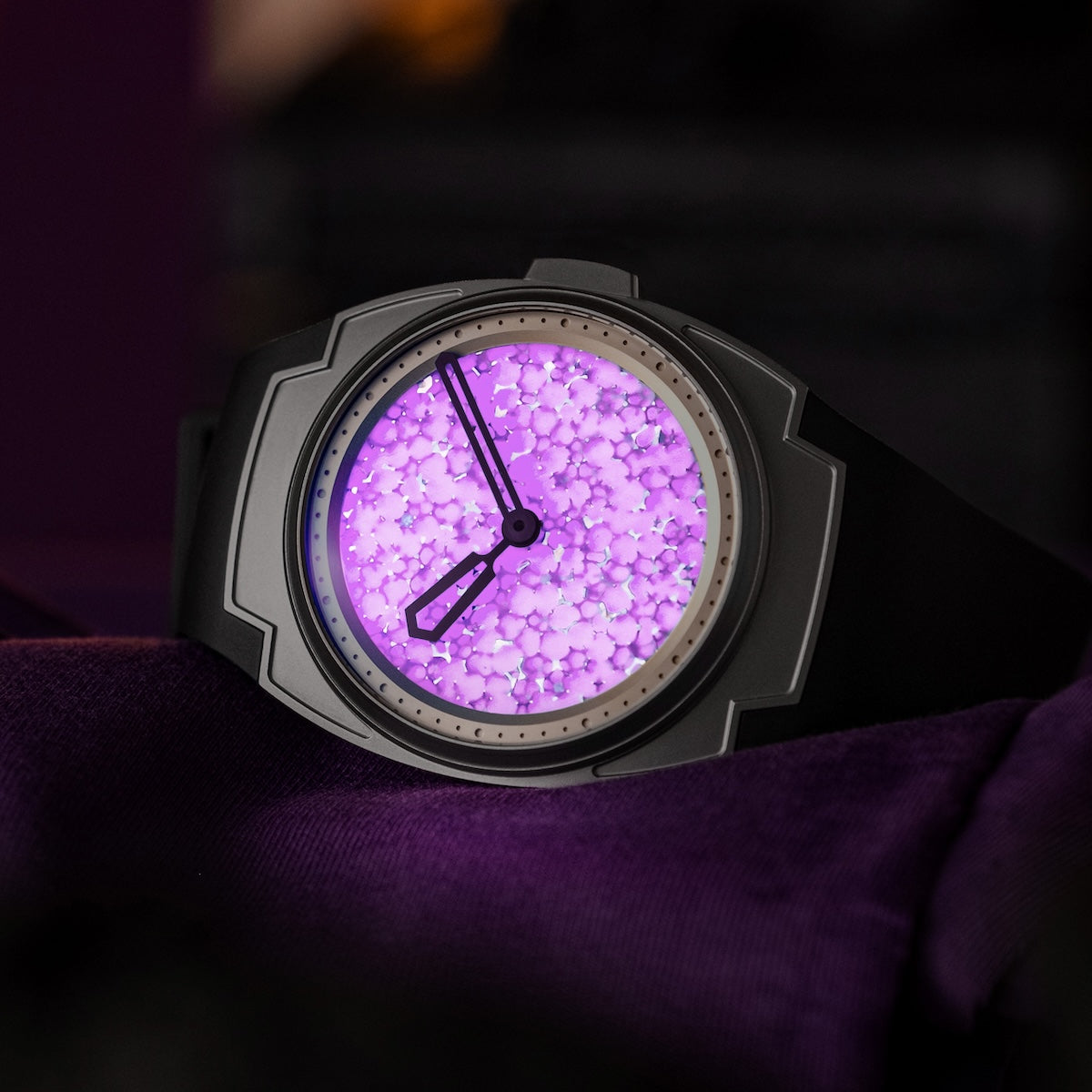
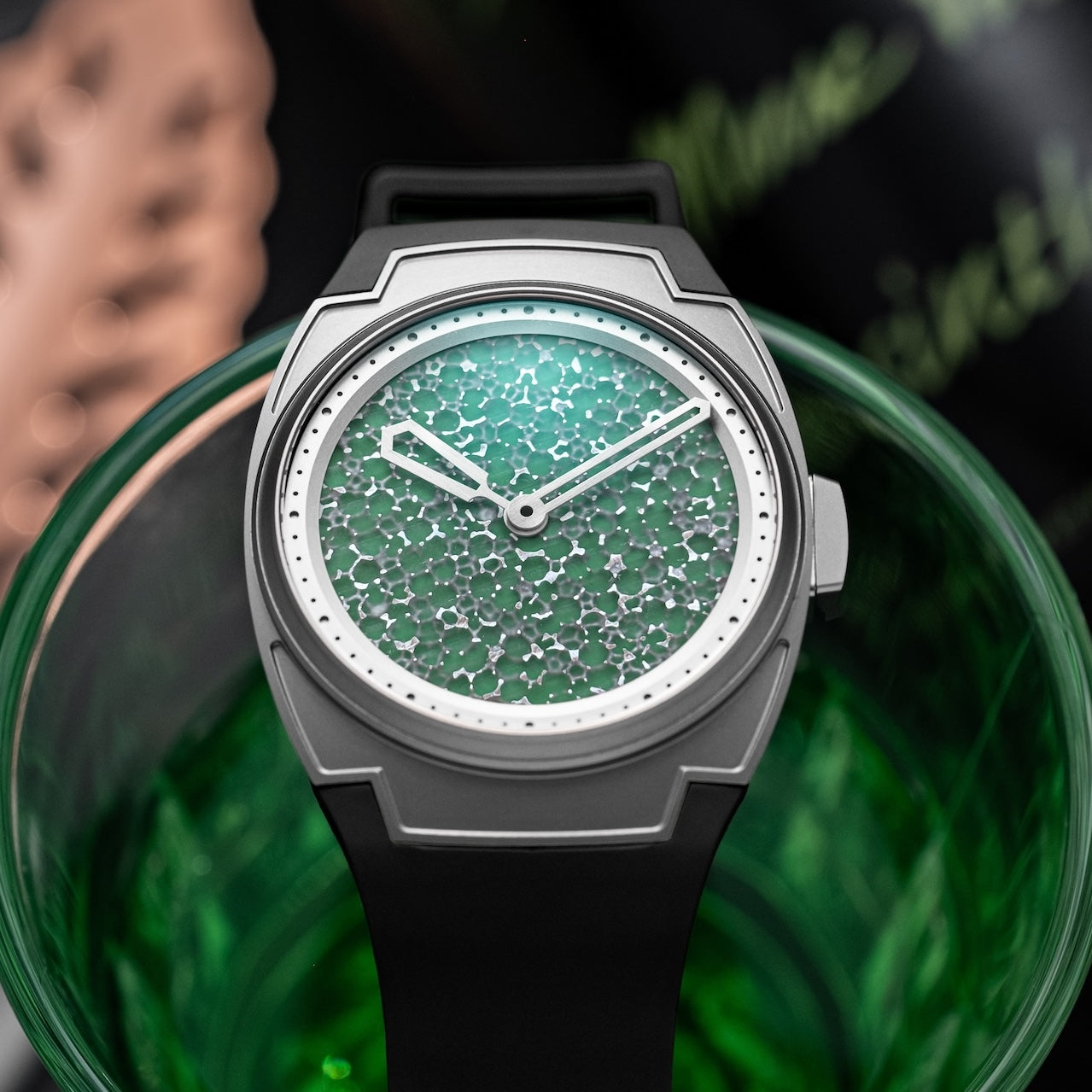
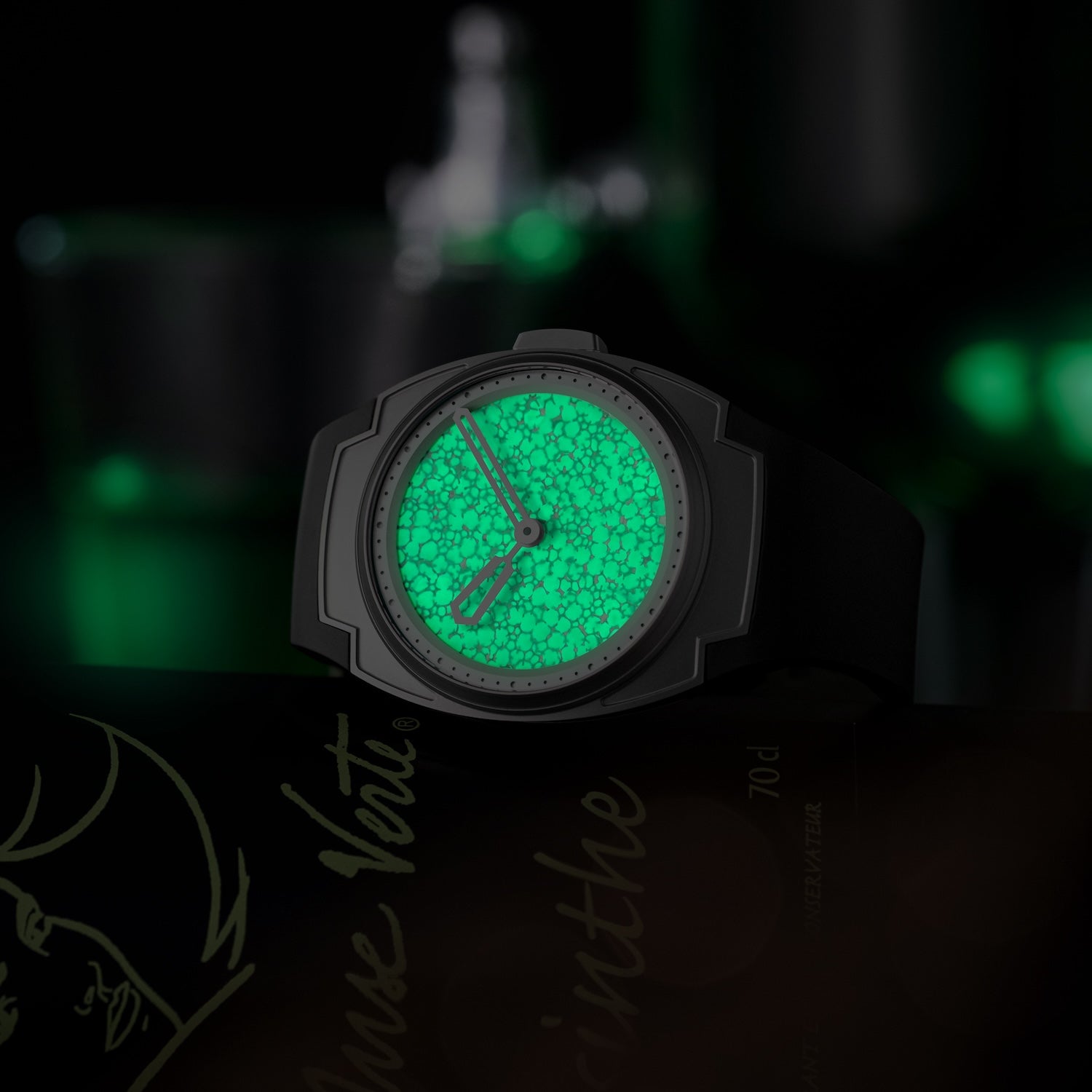
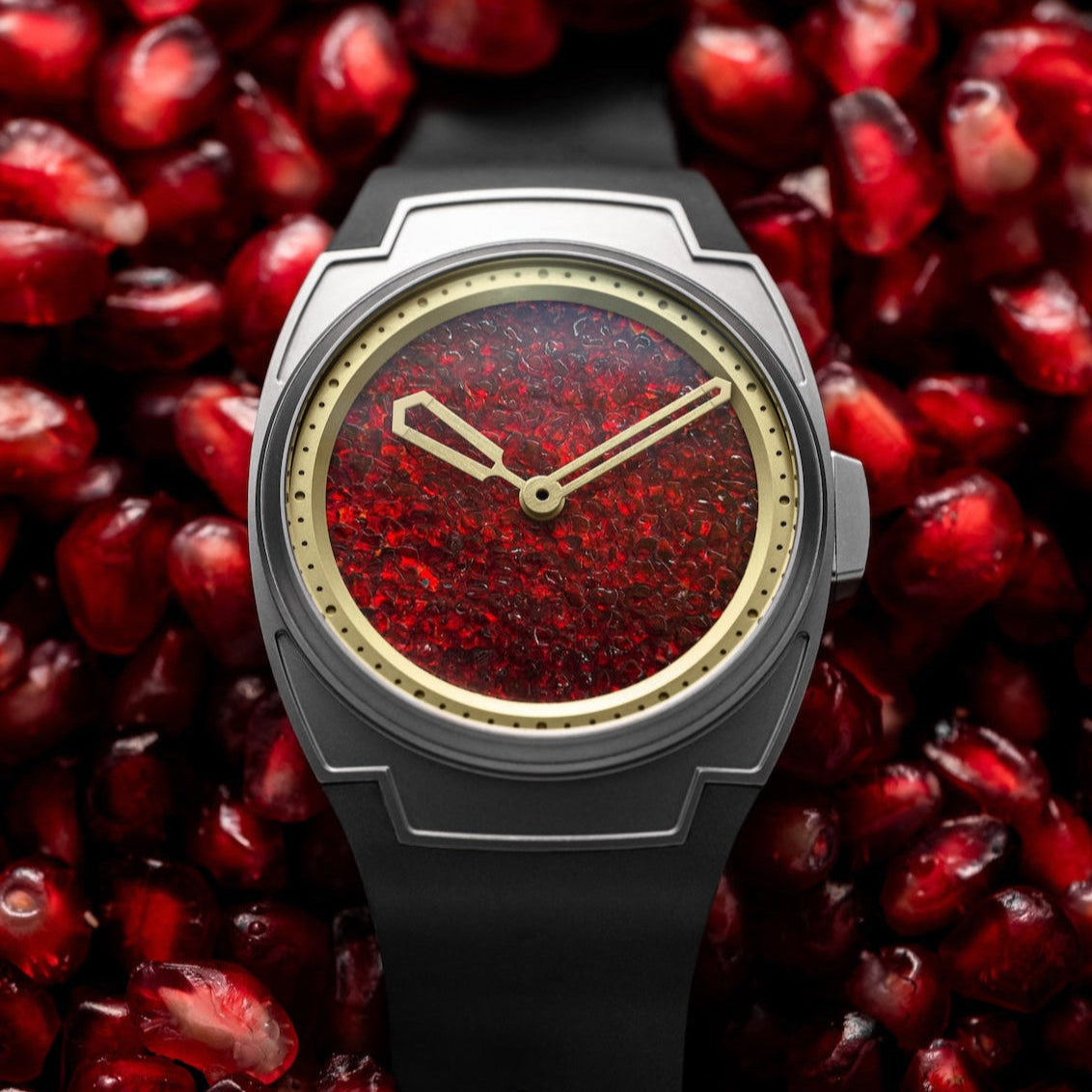
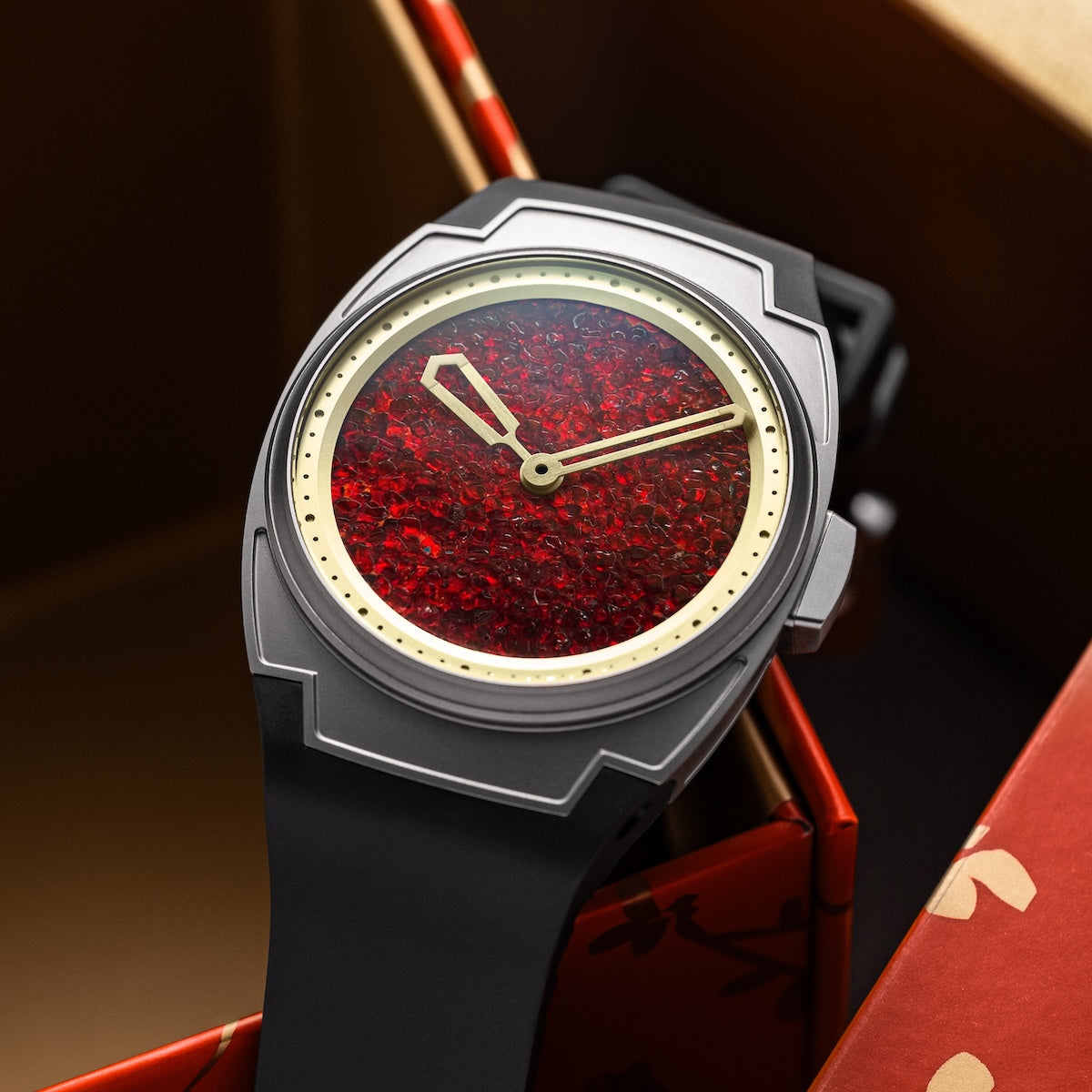
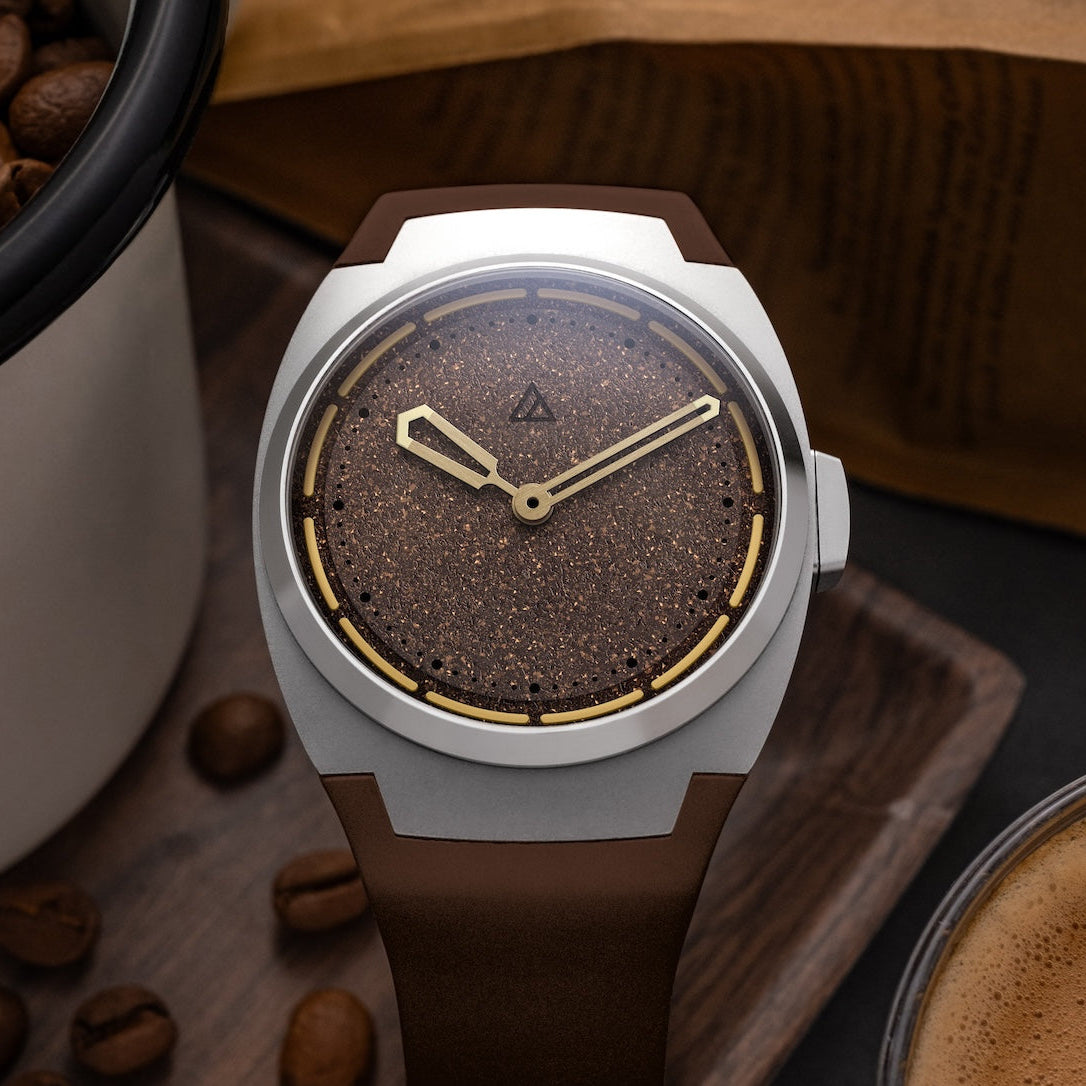

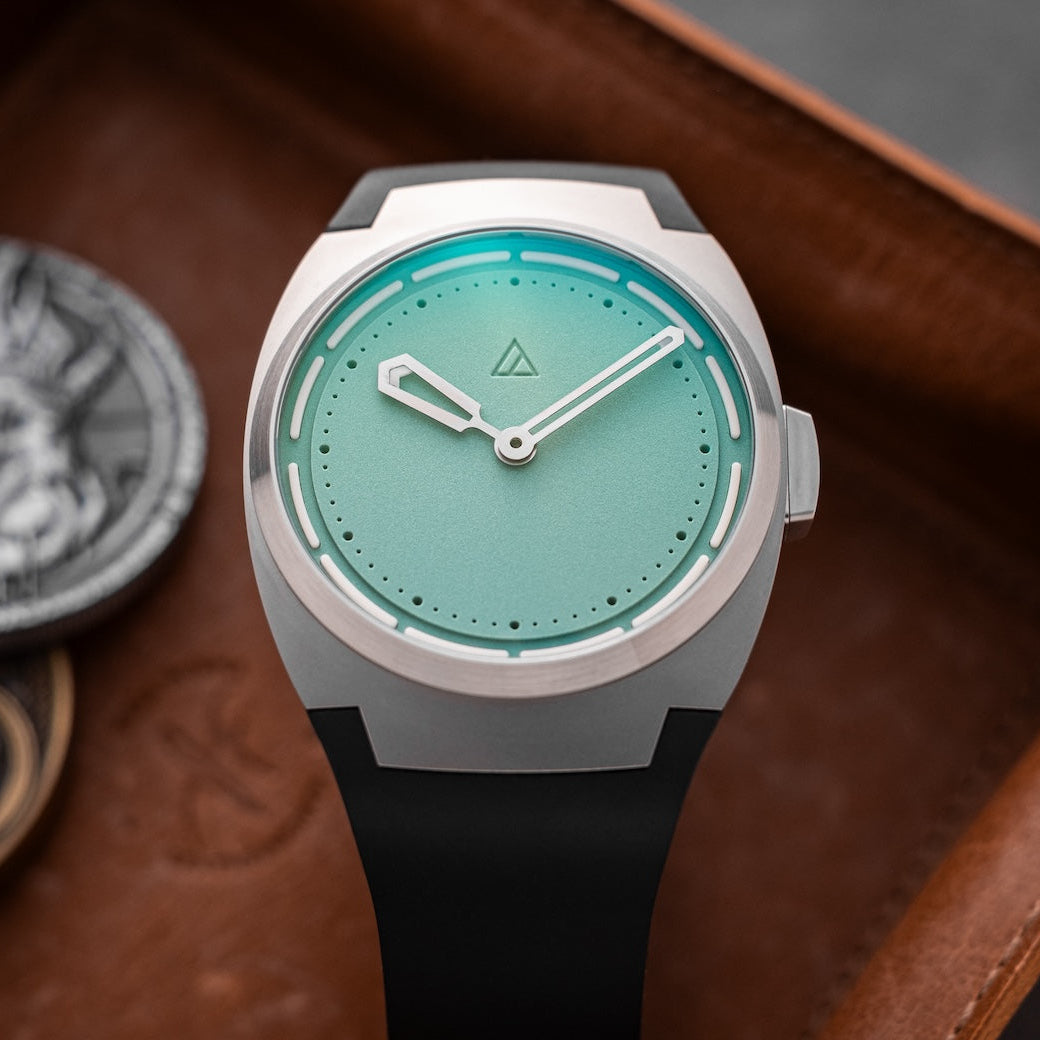

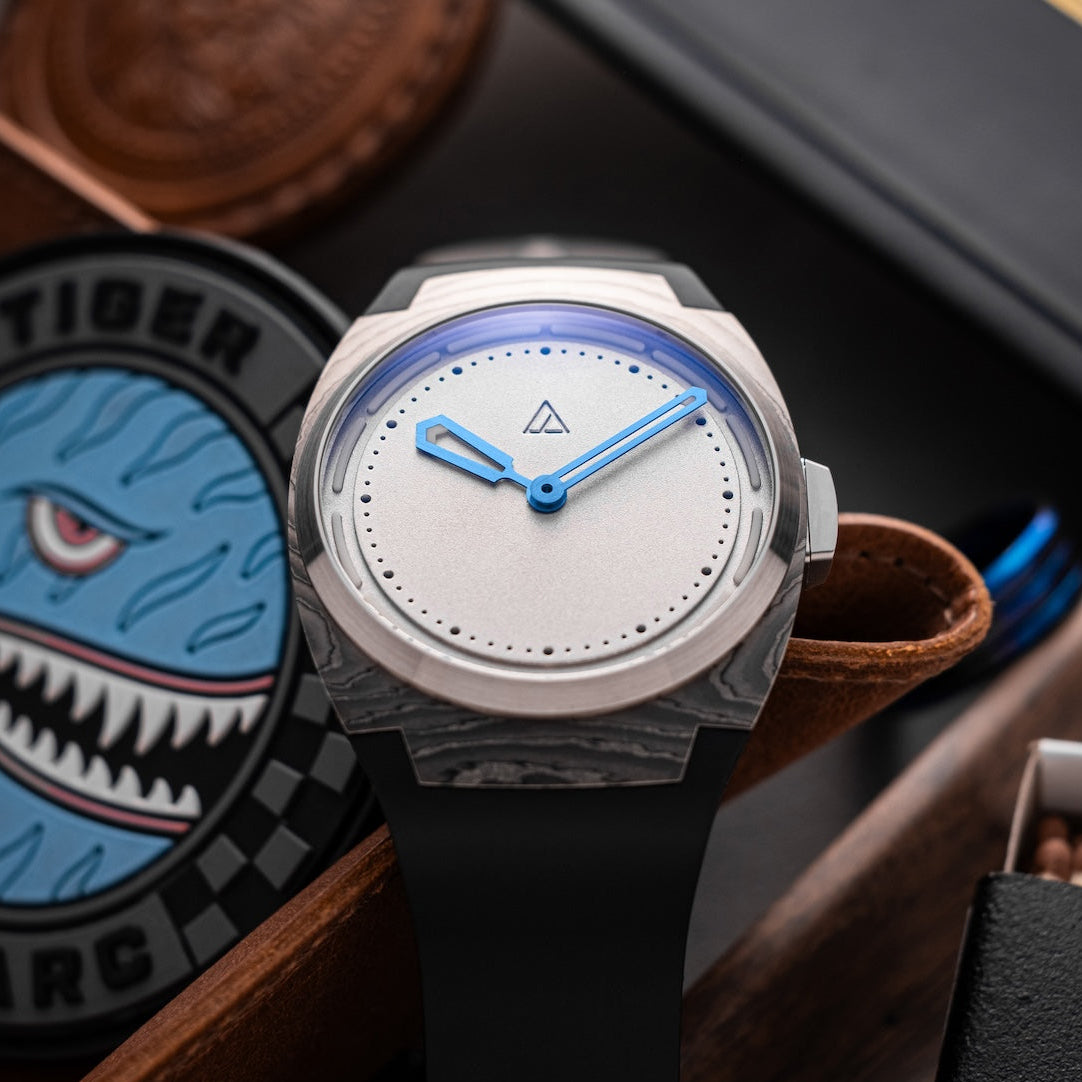
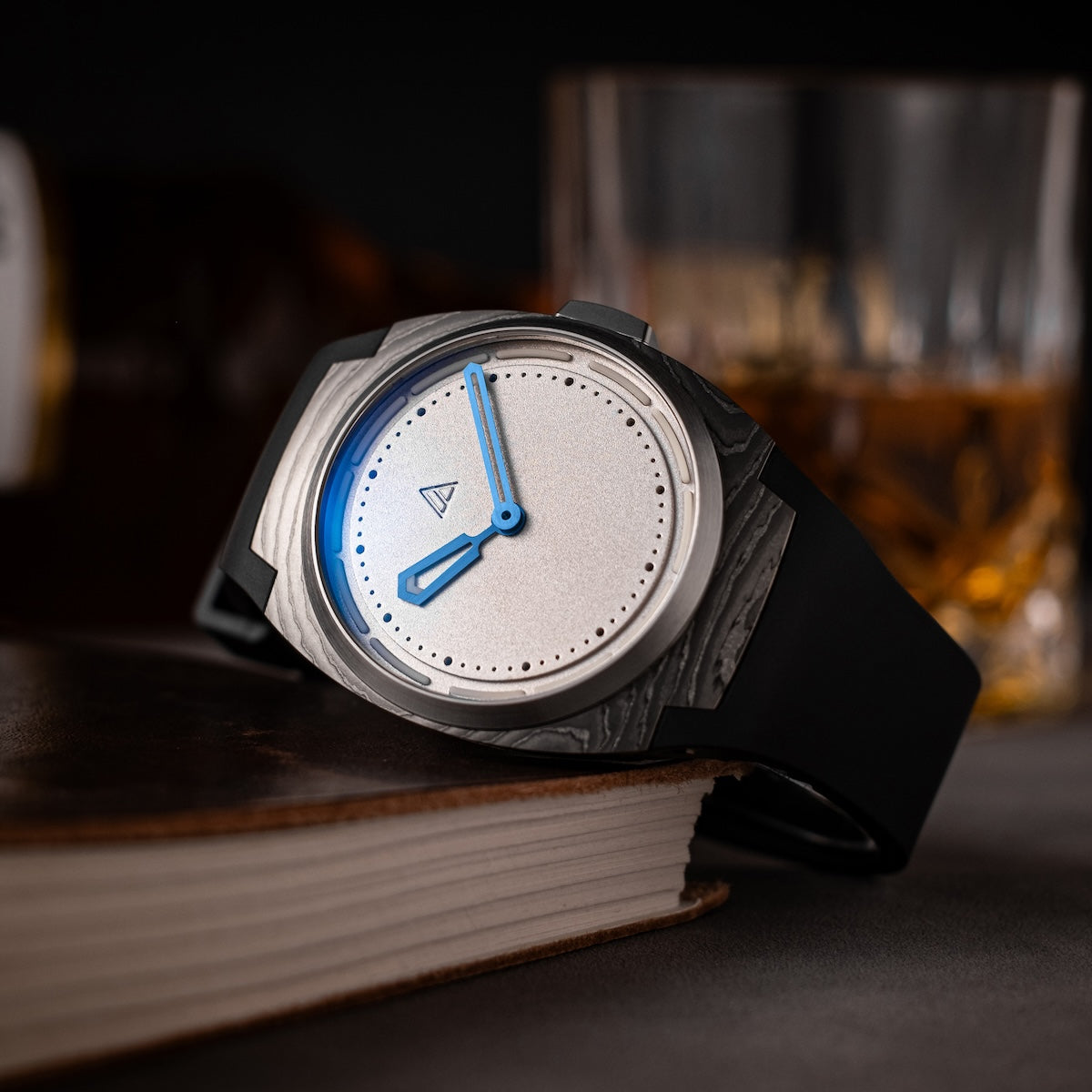
Leave a comment
This site is protected by hCaptcha and the hCaptcha Privacy Policy and Terms of Service apply.